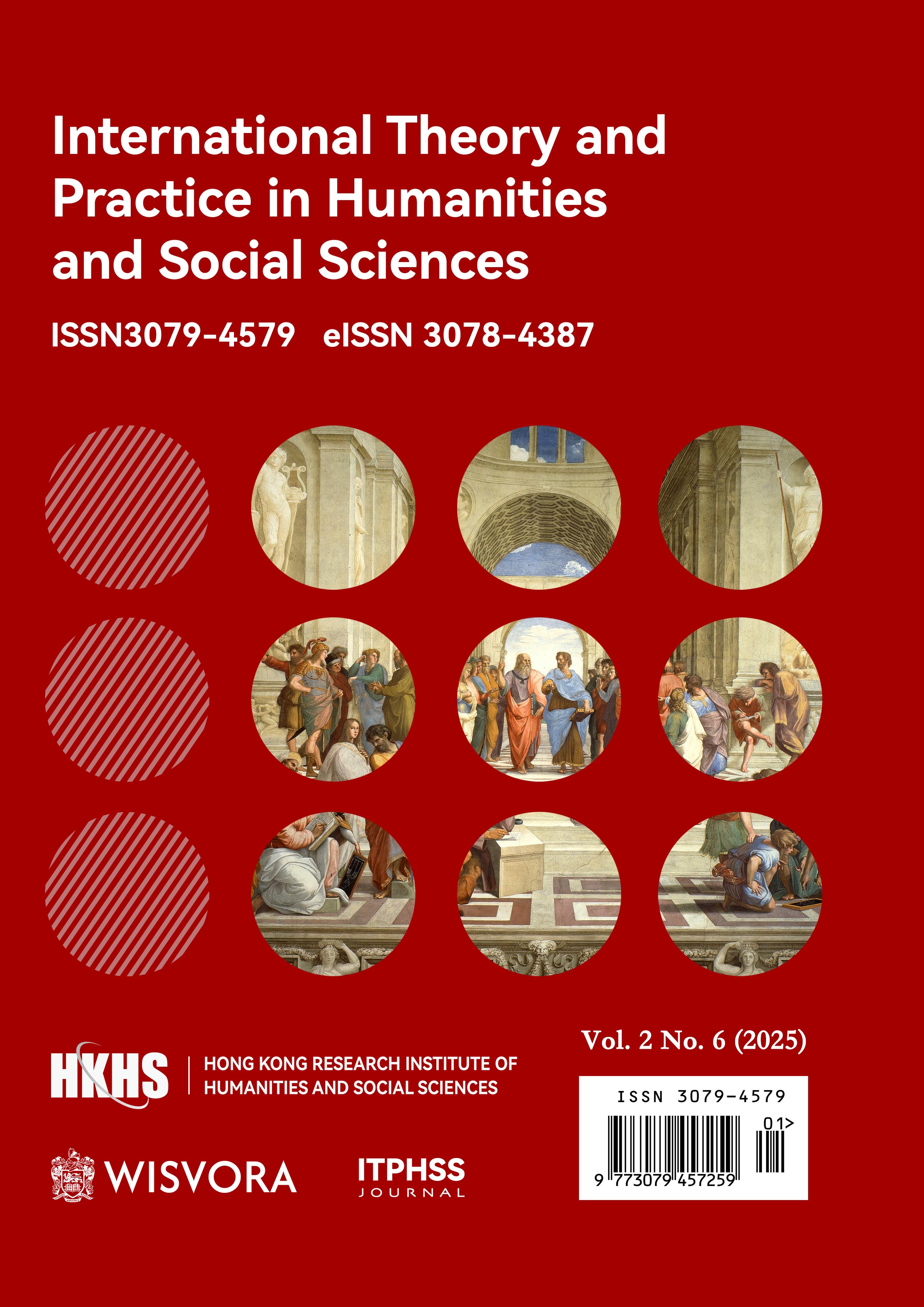Abstract
This paper proposes a transpersonal ecology framework aimed at reestablishing the connection between humans and nature, addressing ecological crises through an expansion of consciousness. Pairing the consciousness theories of Stanislav Grof with the ecological disconnection critique of Steve Taylor, this hypothetical simulated paper presents and discusses the proposed concepts of how meditation inspired by nature can increase extrasensory phenomena and reduce eco-anxiety. Synthesizing qualitative insights with quantitative projections, this research provides practical applications, such as guided nature-based therapy, which correspond with the theme of Sacred Unity. Conceptually bound within natural landscapes, this research brings together the two disciplines of transpersonal psychology and ecological restoration in order to foster dialogue for collective reconnection.
References
American Psychological Association. (2020). Publication manual of the American Psychological Association (7th ed.). American Psychological Association. https://doi.org/10.1037/0000165-000
Barbaro, N., & Pickett, S. M. (2016). Mindfully green: Examining the effect of connectedness to nature on the relationship between mindfulness and engagement in pro-environmental behavior. Personality and Individual Differences, 93, 137-142. https://doi.org/10.1016/j.paid.2015.05.026
Bratman, G. N., Hamilton, J. P., Hahn, K. S., Daily, G. C., & Gross, J. J. (2015). Nature experience reduces rumination and subgenual prefrontal cortex activation. Proc. Natl. Acad. Sci. U.S.A. 112 (28) 8567-8572. https://doi.org/10.1073/pnas.1510459112
Braun, V., & Clarke, V. (2006). Using thematic analysis in psychology. Qualitative Research in Psychology, 3(2), 77–101. https://doi.org/10.1191/1478088706qp063oa
Chawla, L. (2020). Childhood nature connection and constructive hope: A review of research on connecting with nature and coping with environmental loss. People and Nature, 2(3), 619–642. https://doi.org/10.1002/pan3.10128
Grof, S. (2000). Psychology of the future: Lessons from modern consciousness research. State University of New York Press.
Hayes, S. C., Strosahl, K. D., & Wilson, K. G. (2018). Acceptance and commitment therapy: The process and practice of mindful change (2nd ed.). Guilford Press.
Higginbotham, N., Connor, L., Albrecht, G., Freeman, S., & Agho, K. (2006). Validation of an environmental distress scale. EcoHealth, 3, 245–254. https://link.springer.com/article/10.1007/s10393-006-0069-x
Kabat-Zinn, J. (2015) Mindfulness. Mindfulness 6, 1481–1483. https://doi.org/10.1007/s12671-015-0456-x
Kaplan, S. (1995). The restorative benefits of nature: Toward an integrative framework. Journal of Environmental Psychology, 15(3), 169–182. https://doi.org/10.1016/0272-4944(95)90001-2
Lumber, R., Richardson, M., & Sheffield, D. (2017). Beyond knowing nature: Contact, emotion, compassion, meaning, and beauty are pathways to nature connection. PLoS ONE, 12(5), e0177186. https://doi.org/10.1371/journal.pone.0177186
Naess, A. (1973). The shallow and the deep, long-range ecology movement: A summary. Inquiry, 16(1–4), 95–100. https://doi.org/10.1080/00201747308601682
Park, B. J., Tsunetsugu, Y., Kasetani, T., Kagawa, T., & Miyazaki, Y. (2010). The physiological effects of Shinrin-yoku (taking in the forest atmosphere or forest bathing): Evidence from field experiments in 24 forests across Japan. Environ Health Prev Med 15, 18–26. https://doi.org/10.1007/s12199-009-0086-9
Petitmengin, C., Van Beek, M., Bitbol, M., Nissou, J.-M., & Petitmengin, P. (2017). What is it like to meditate? Methods and issues for a micro-phenomenological description of meditative experience. Journal of Consciousness Studies, 24(5-6), 170-198.
Schutte, N. S., & Malouff, J. M. (2018). Mindfulness and connectedness to nature: A meta-analytic investigation. Personality and Individual Differences, 127, 10–14. https://doi.org/10.1016/j.paid.2018.01.034
Taylor, S. (2022). DisConnected: The roots of human cruelty and how connection can heal the world. John Hunt Publishing.

This work is licensed under a Creative Commons Attribution 4.0 International License.
Copyright (c) 2025 Yiu Kwong Au-Yeung (Author)

